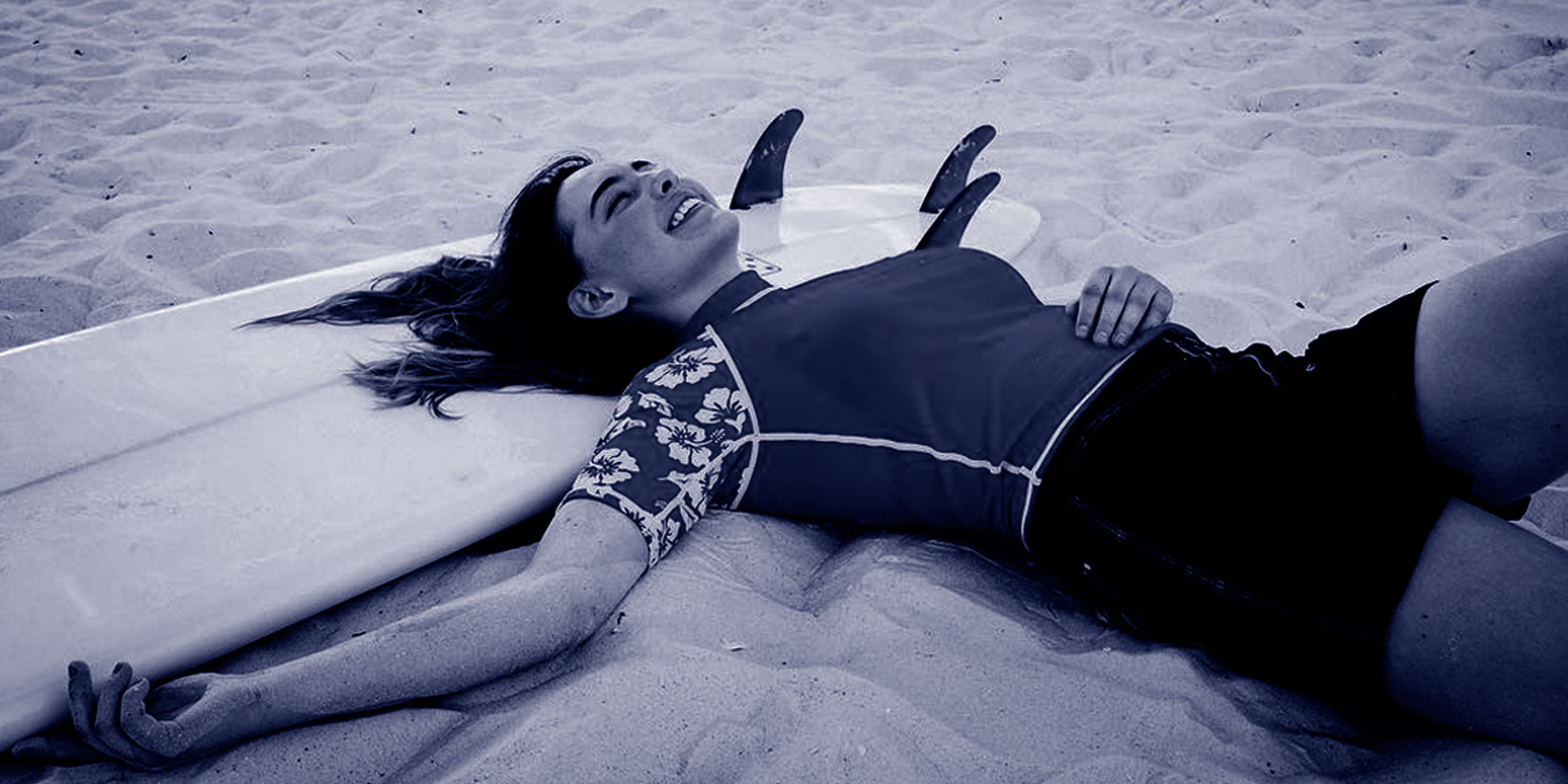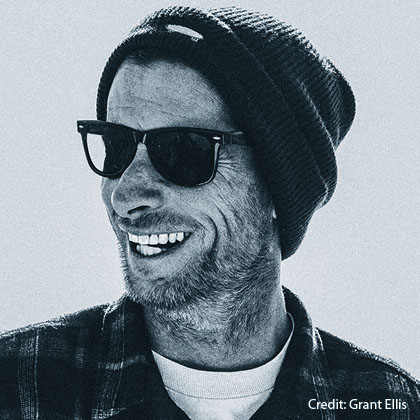J It’s impossible to classify Joel Tudor into any single generation. He’s a mold of them all in some way, shape, or form. There might not be a person on earth who rivals Joel’s experience riding waves along with his wealth of knowledge about surfing’s history, which he strongly believes is a lifestyle and not a sport. He’s a multi-decade staple at Pipeline, a veteran black belt in jiu-jitsu, and was influential in crafting a movement against “high performance longboarding” which faces borderline extinction in this day and age. In the late ’80s, a slight kid knee-paddled a cumbersome plank into the lineup and woke surfing from its Day-Glo-webbed-glove-colored-zinc-bigger-brighter-better nightmare.
Tudor wasn’t too interested in surfing as a youngster. He occasionally bodyboarded, but reluctantly. His father, Joe, who ignored the shortboard revolution himself and never abandoned his longboard, first put his Joel on a surfboard during a family trip to Puerto Vallerta. He was hooked instantly, soon surpassing his dad and nearly everyone else standing on a surfboard.
Joel was a preteen prodigy, gliding effortlessly through the muck on a giant vessel. Nicknamed “Tinkerbell” for his diminutive stature and blond locks, he routinely demolished all comers in competition. He left the established ranks positively dumbfounded. Initially appearing in the 1992 longboard video “On Safari to Stay” at age 14, he became a media darling, entering his first pro contest the same year.
In the ninth grade, he was handpicked by Nat Young to accompany him on an Oxbow promotional tour, where he spent the next three years seeping up Young’s legend status.
In 1992, Oxbow began holding its World Longboard Championships at a different location each year. Dominant in domestic competition, something always seemed to go wrong in the big one. Whether triple-teamed by Hawaiians or simply coming up a wave short, it seemed a conspiracy was keeping Tudor — by general consensus the best in the world — out of the winner’s circle.
Everyone knew he was toes ahead of his competitors, so the world champion mantle was cheapened with each defeat. One 30-minute span at some far-flung reef can’t possibly establish the world’s best anything. Even Kelly Slater would be hard-pressed with one shot to deliver every year. In 1999, Tudor finally rose above the challengers in the Canary Islands to claim victory. “It was a relief, like I finally won something,” he reflects. “I’m not a loser, and I have something to show for it.”
Tudor is reluctant to be pigeonholed as a longboarder. He possesses an extensive quiver of stubs, fishes and single-fin pintails, and chooses his vehicle according to the conditions. A masterful tuberider, he has gained recognition as an all-around world-class surfer, opening eyes to various designs. His act at Pipeline, where he routinely stands apart from the maddening crowd with Lopez flow on ’70s designs, has become legendary. His “Joel Tudor Model” shaped by Donald Takayama was the best-selling signature series in history. The long-time relationship eventually soured, prompting Tudor’s own board label.
To watch Joel surf is to experience true style — no wasted motion as an entire session is a seamless ride, void of any visible effort. “Style’s not dead,” he contends. “It’s still out there. Just put some time into it and you’ll find it. It’s the soul of surfing.” By taking us back into history, Tinkerbell has dictated an important part of our future.
Surfline



